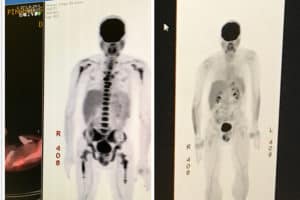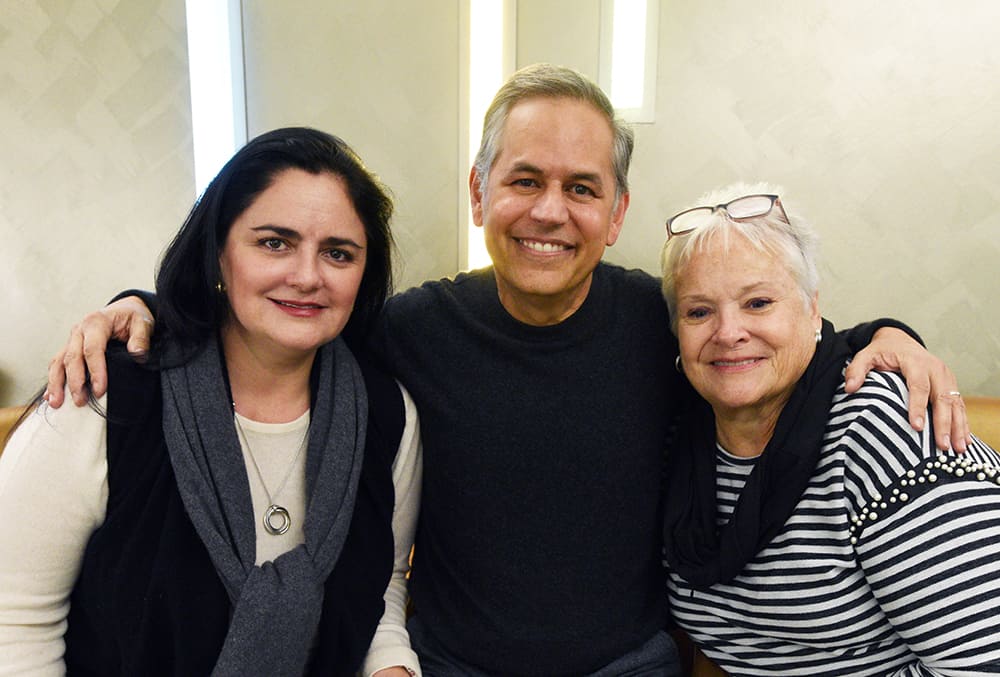Florida-based Friendship Transcends, Through Sickness and Health
| A Facebook friendship that formed over an illness in common proved lifesaving for a Florida man who found what he needed at the UAMS Myeloma Center.
Myeloma Center patient Gail Naimo of Port St. Lucie, Fla. met fellow Floridians Sergio Pinango, 56, and his wife, Blanca Nieto, 50, on a myeloma Facebook page five years ago. The three became part of a group of about a dozen south Florida-based myeloma patients and caregivers who share a strong friendship and gather regularly.
Naimo, 73, has been treated at UAMS since she was diagnosed with low-risk myeloma in 2012. Pinango, a travel agent from Palm Beach Gardens, Fla., was diagnosed with low-risk myeloma in 2013. After the two met on Facebook, she continuously encouraged Pinango to seek treatment at UAMS.
“I threatened them daily,” Naimo recalled chuckling of Pinango and his wife. “In 2016 I told them I was coming to UAMS and invited them to come and just look.”
The pair had been seeking holistic treatments for nearly four years.

PET scans of Sergio Pinango, 56, of Palm Beach Gardens, Fla., before and after his treatment at the Myeloma Center at depict the areas of his body effected by the rare blood disease before at after his treatment at UAMS.
“He went to Mexico for three weeks to get vitamin B17 shots, enzymes, received rectal ozone treatments, and underwent daily coffee enemas for more than three years,” Nieto said, adding her husband also used cannabis and CBD oils. The couple even bought a sauna that Pinango used daily every morning for three years.
Pinango had earlier been treated at a well-known cancer facility on the east coast where original discussions included a stem cell transplant but never continued.
“Within the oncology world, UAMS is famous for being very aggressive with its tandem transplants,” Nieto said.
In early 2017, Pinango and Nieto gave in to their friend’s pleas, traveling to UAMS where Pinango was seen by Frits van Rhee, M.D., Ph.D., clinical director of the UAMS Myeloma Center.
“Until then, Sergio had never had a PET scan,” Nieto said. “The first one he had here came back all black, displaying all the areas affected by myeloma.”
That summer, Pinango began treatment at UAMS, including a tandem transplant, and for more than a year, he has been in complete remission. The difference in his scans before and after treatment at UAMS speak volumes.
“There’s no longer any evidence of myeloma,” Nieto said. “His quality of life is perfect now.”
“We firmly believe in chemo for multiple myeloma,” Nieto said. “Our experience here has been such a blessing.”
“If they wouldn’t have come when they did, he probably wouldn’t be here today,” said Naimo.
